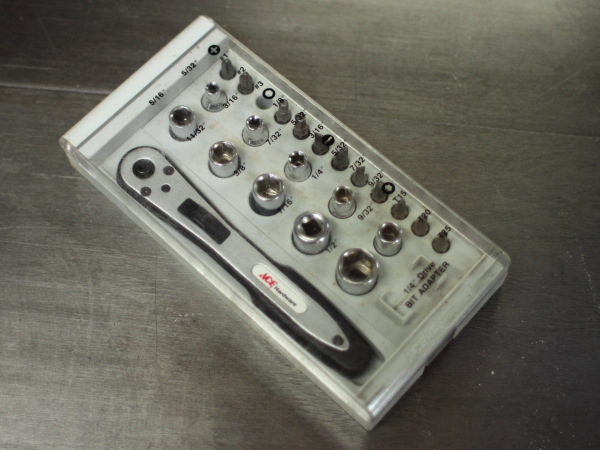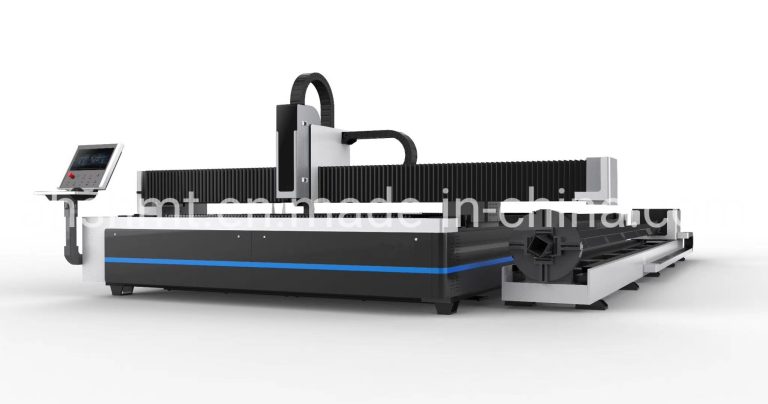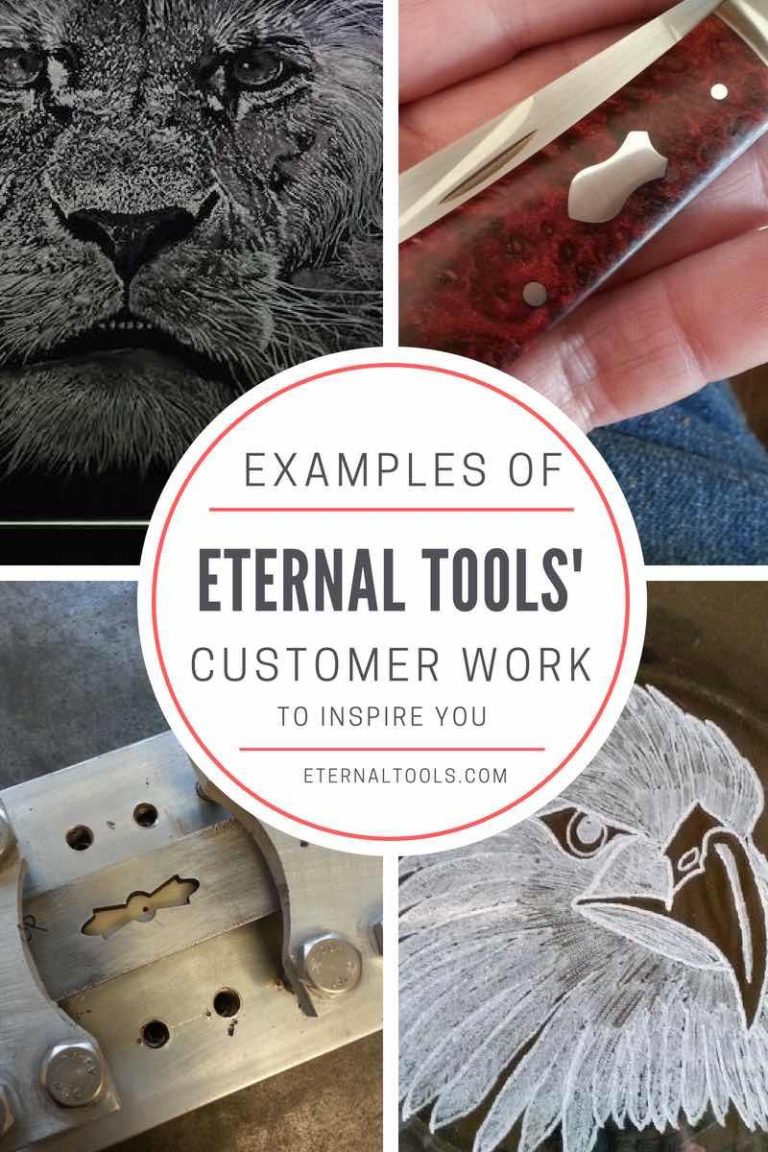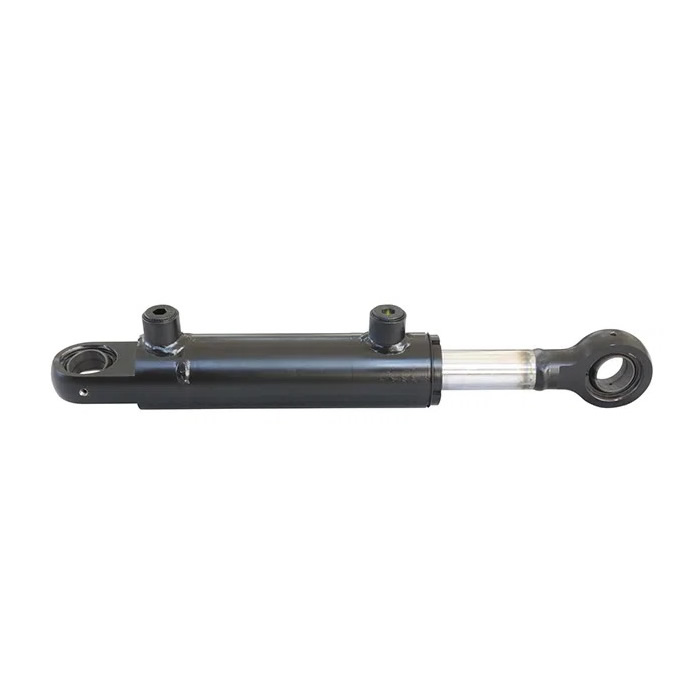Mastering the Screwdriver: An In-Depth Guide
Screwdrivers are the unsung heroes of the toolkit, quietly essential in both household repairs and professional endeavors. Their simplicity belies their versatility, aiding in tasks ranging from assembling furniture to fine-tuning delicate electronics. This comprehensive guide explores the world of screwdrivers, unraveling their myriad types, applications, and best practices for optimum utilization.
What are the primary types of screwdrivers?
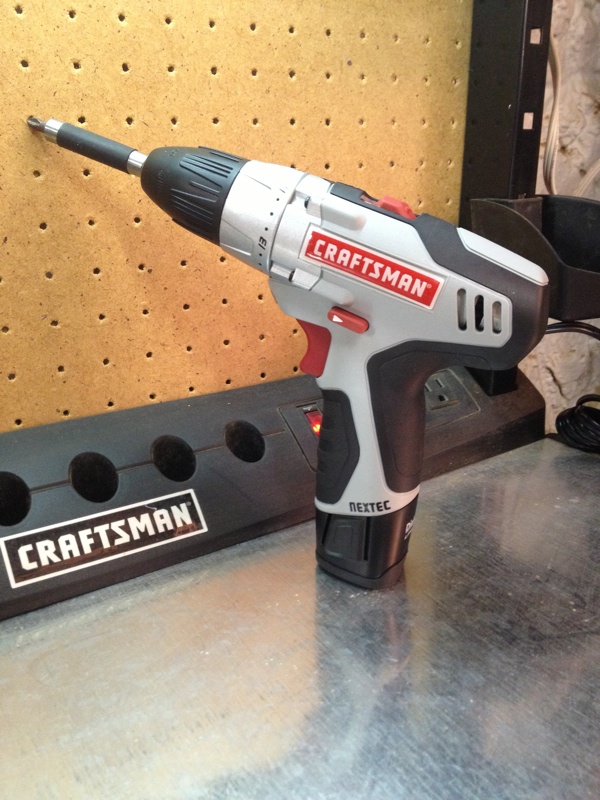
Screwdrivers come in various forms, tailored to match specific screw heads. The common types include the flathead, Phillips, Robertson (square), Torx (star), and hex screwdrivers. Flatheads feature a single, flat blade ideal for slotted screws, while Phillips screwdrivers sport a cross-shaped tip, perfect for Phillips screws. Robertson screwdrivers, with their square shape, offer enhanced grip and resistance against cam-out. Torx screwdrivers boast a star-shaped tip, delivering superior torque and reduced slippage. Hex screwdrivers, with their hexagonal shape, are ideal for hex screws.
How do you select the appropriate screwdriver for a task?
Choosing the right screwdriver is paramount for efficient and safe work. It’s imperative to match the screw head precisely with the screwdriver type to avoid damage to both the screw and the tool. Additionally, consider the size of the screw head, ensuring a snug fit to prevent slippage.
What are some tips for using screwdrivers effectively?
Effective screwdriver usage begins with a precise match between the screwdriver tip and the screw head. Apply consistent pressure while turning the screwdriver to prevent stripping. For stubborn screws, employ lubricants or opt for screwdrivers with magnetic tips to secure the screw in place. When driving screws into wood or other materials, pre-drilling pilot holes can prevent splitting and facilitate easier driving. Proper storage in dry conditions is essential to prevent rust and maintain effectiveness.
How can screwdrivers be maintained for longevity?
Regular maintenance is key to extending the lifespan of screwdrivers. After each use, wipe the screwdriver clean to remove any debris or residue. Sharpen or replace the tip as needed to combat dullness or damage. Periodically inspect the handle for cracks or signs of wear, replacing the screwdriver if necessary. Storing screwdrivers in designated toolboxes or organizers minimizes the risk of loss and damage.
Screwdrivers epitomize versatility, serving as indispensable tools across a spectrum of applications. By understanding the nuances of screwdriver types, selecting the appropriate tool, and adhering to effective usage techniques, one can approach any screwdriving task with confidence and precision. Regular maintenance ensures longevity and reliability, making a quality screwdriver an indispensable asset for professionals and DIY enthusiasts alike.
